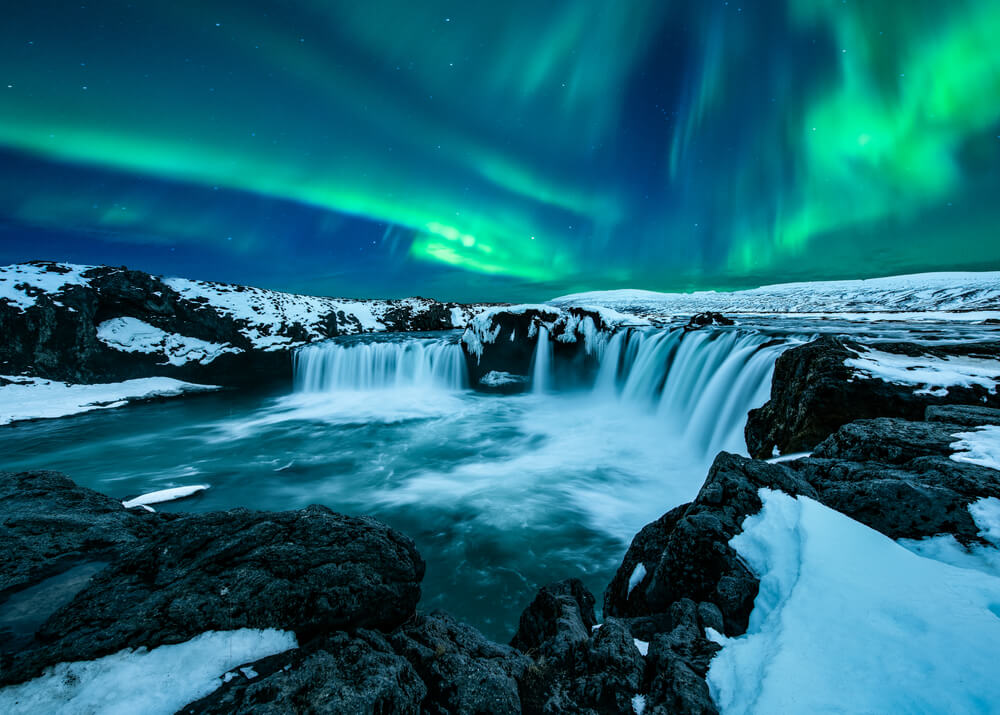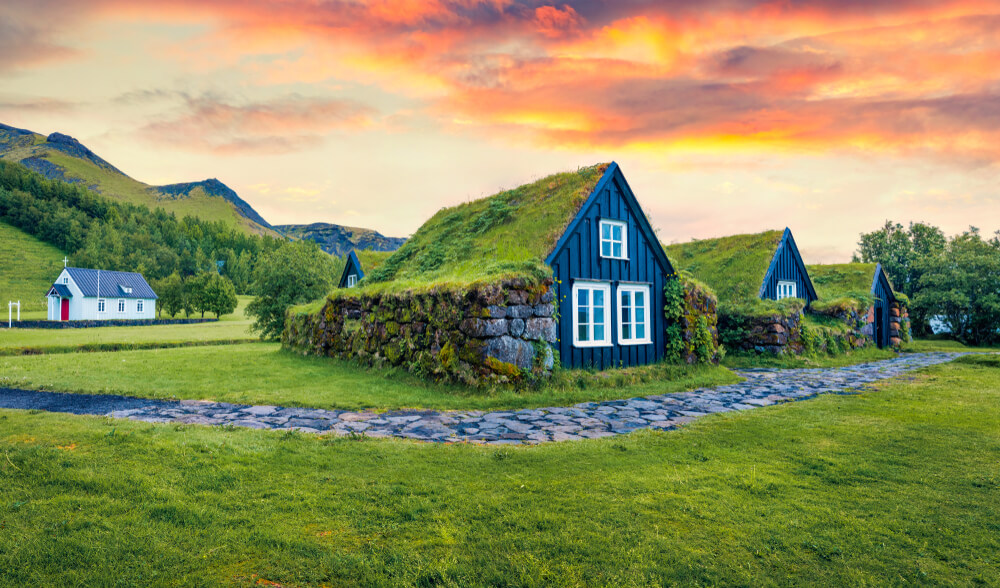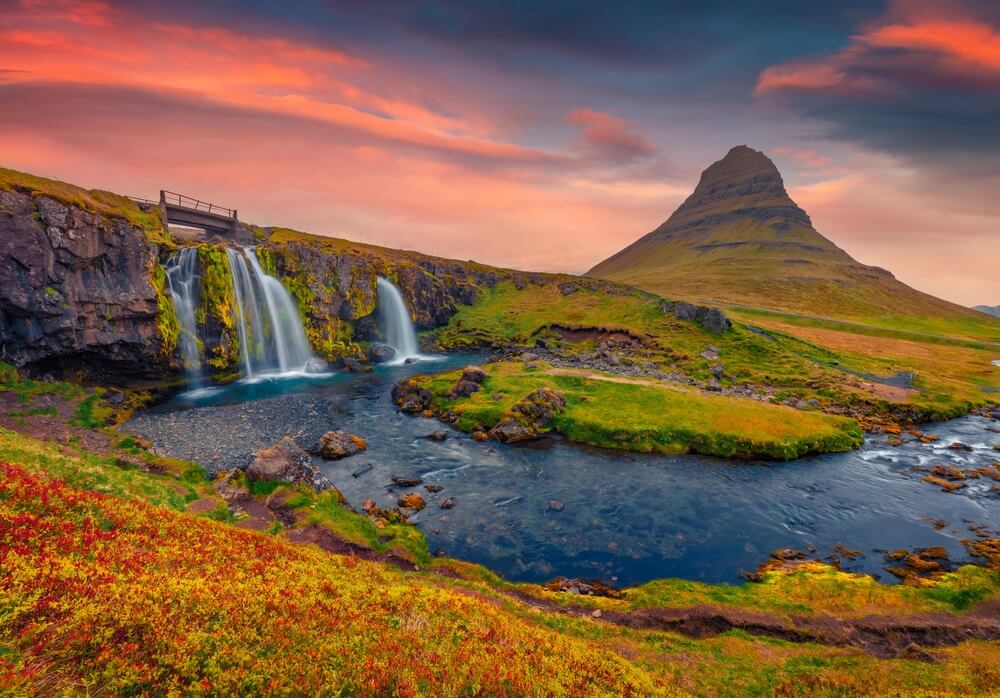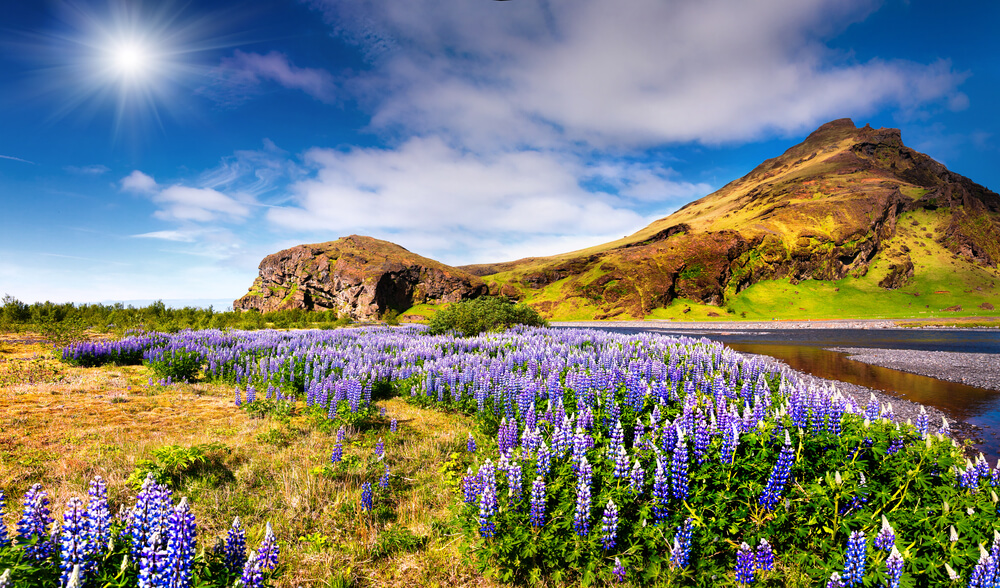When is the best time to visit Iceland?
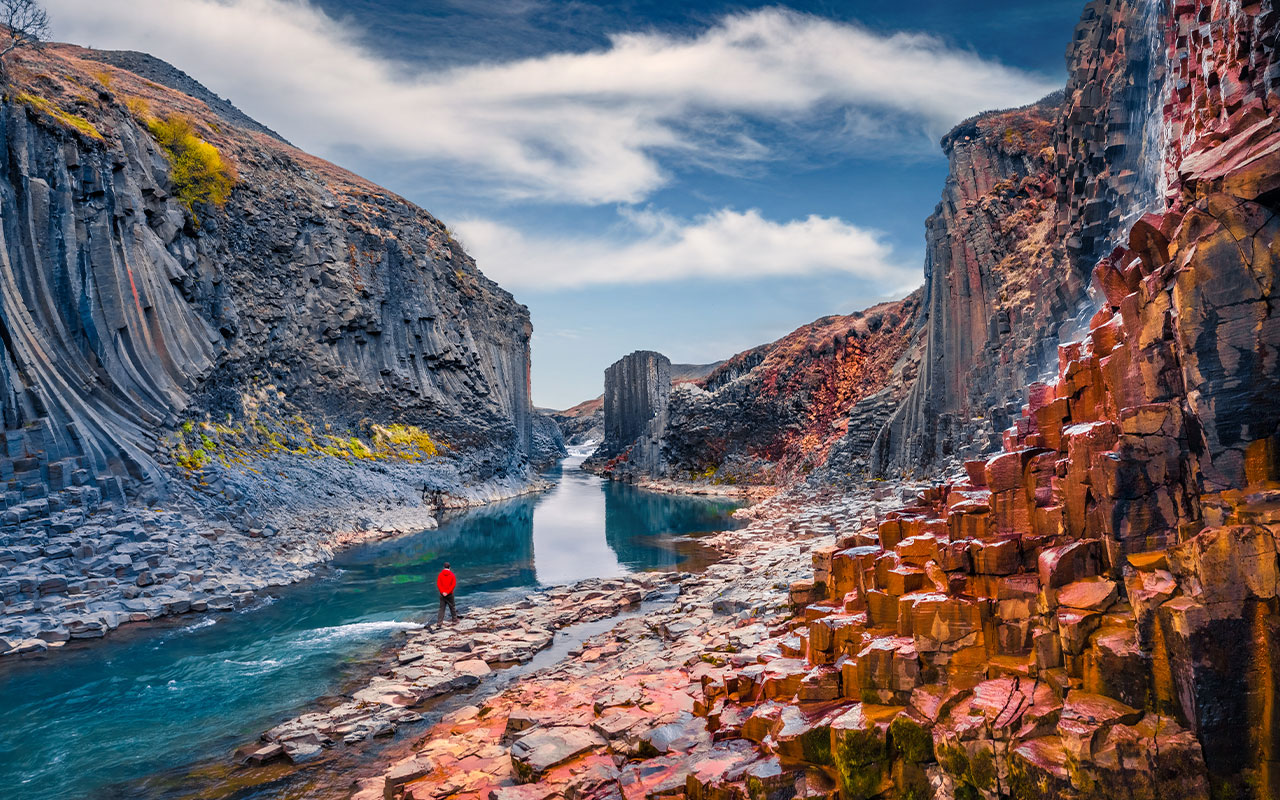
One of the questions you’ll probably ask yourself when you’re thinking of visiting the beautiful country of Iceland is “when to go”. In reality, this question is quite complex, and it’s difficult to give a precise answer. Iceland, the land of fire and ice, with its varied landscapes, offers weather that is very difficult to predict. The temperature fluctuates between 5° and 20° throughout the year! In this article, you’ll find details of the ideal times to go there, depending on what you’re planning to do, and some not-to-be-missed holidays!
All about Iceland!
The weather, season by season
For those of you who paid attention in your secondary school geography lessons, you should know that Iceland, by virtue of its geographical location, is a cold country due to its high altitude, as it is exposed to the cold winds from the pole. It is an island country in Northern Europe right on the Atlantic Ocean, and its subarctic climate means that it is particularly cold and cloudy almost all year round. Clearly, Iceland is not the ideal country for those wishing to spend a holiday in a tropical climate, but this country, once ruled by the Vikings, is clearly worth a visit!
The weather is so unpredictable that Icelanders sometimes experience all four seasons in one day!
Winter
Short days and cool temperatures, so far so good. But you should know that 21 December is the shortest day of the year, with the sun only coming out for barely 4 hours! If you’re used to sleeping in, you’re in for a bit of a shock! From November to March, temperatures vary between 5 and -10°C, but sometimes the temperature drops to -20°C during a severe cold snap. But don’t let that put you off visiting the country: in winter, you’ll be treated to the splendid Northern Lights, which light up the sky, and magnificent snow-covered landscapes. Get out all your winter gear: jumpers, coats, down jackets, gloves, scarves… And beware of the slippery layers of ice and treacherous winds!
The summer
It’s summer, from the end of May to August. This is the time of year when visitors flock to the whole country, temperatures are less harsh and it’s easier to get around by car. However, when it comes to the weather, you can expect anything. It may be sunny outside, but when you step outside you discover that it’s actually barely 5°C! The temperature is usually between 10° and 0°, but on some days, if you’re lucky, the thermometer may read as high as 20°. This could be an opportunity for you to go for a long, beautiful hike, camp out under the stars, or relax in a hot spring.
Autumn
Autumn begins at the end of August and generally ends around mid-October. This is the period when you’ll feel the temperatures dropping more and more, but generally remaining pleasant. Between 4 and 10°C, this is the time of year when tourism is at its lowest, but for those who arrive at the end of October, you’ll be lucky to be the first to see the first snowfall! Keep your eyes peeled, because this is also the time of year when you’ll see the most aurora borealis! Don’t forget your umbrella, as September brings heavy rain, but don’t worry, it won’t spoil your visit to the country.
Springtime
Spring, when the migratory birds return and the other animals come out, happy to rediscover this wild and beautiful nature. From April to May, enjoy two months of temperatures of around 8°C, even if the snow is still falling for a while. You’ll be witnessing the awakening of nature, and visiting the country at this time of year offers landscapes with different colours that are well worth seeing. It’s a good time for a road trip, for example to Reyklavik!
Let’s talk budget
Now we come to the big question. How much should you budget for a trip to Iceland?
The cost of living is quite high, on average 43% higher than in France. For holidaymakers, renting a car, renting accommodation and buying food all require a substantial budget. As for air fares, they vary depending on whether you’re going in November during the low season or in July during the high season. It all depends on the influx of tourists.
Nevertheless, the months of October and March are a good investment if you want to spend as little as possible.
Festivals not to be missed
<img class=”aligncenter size-full wp-image-27472″ title=”fete en islande” src=”https://nava
200 audioguided tours for cities all around the world
Download